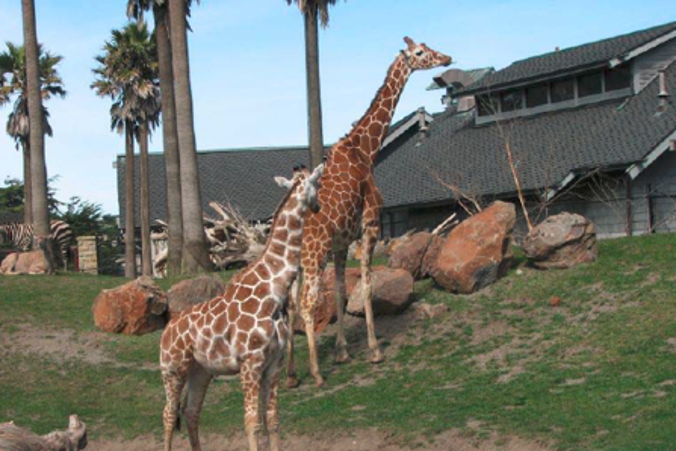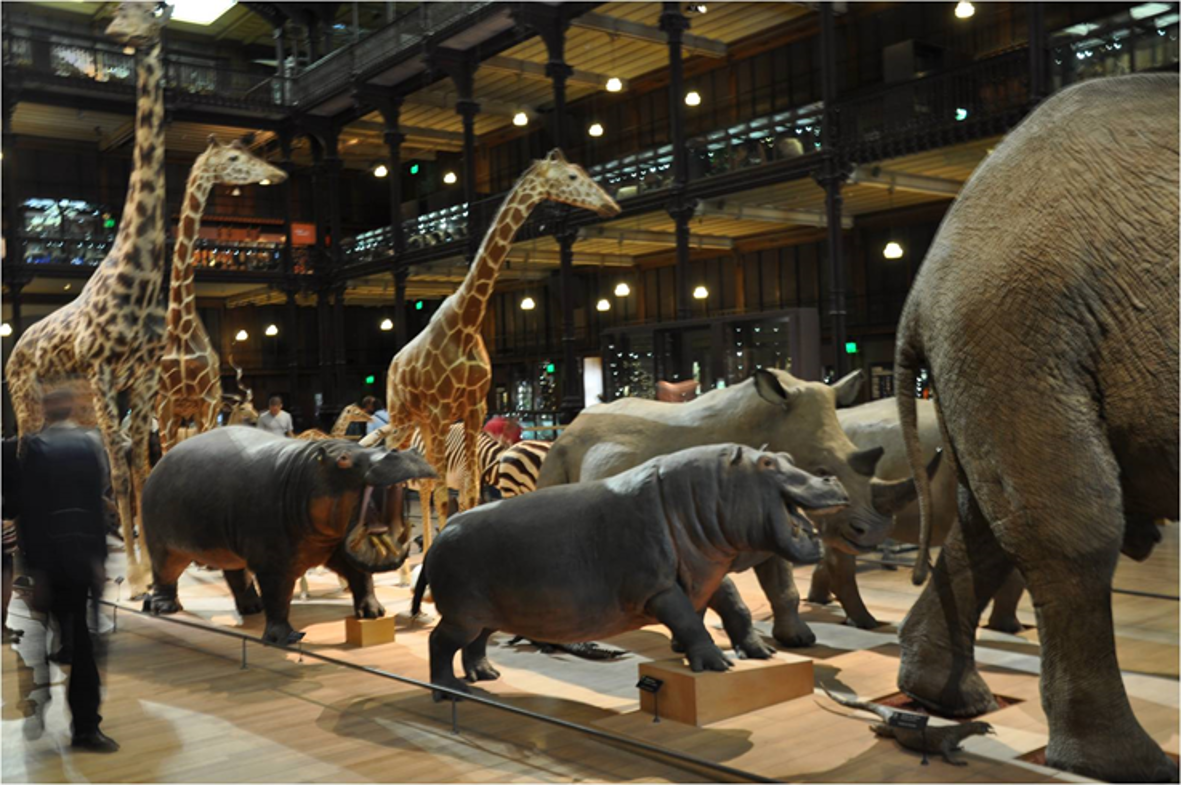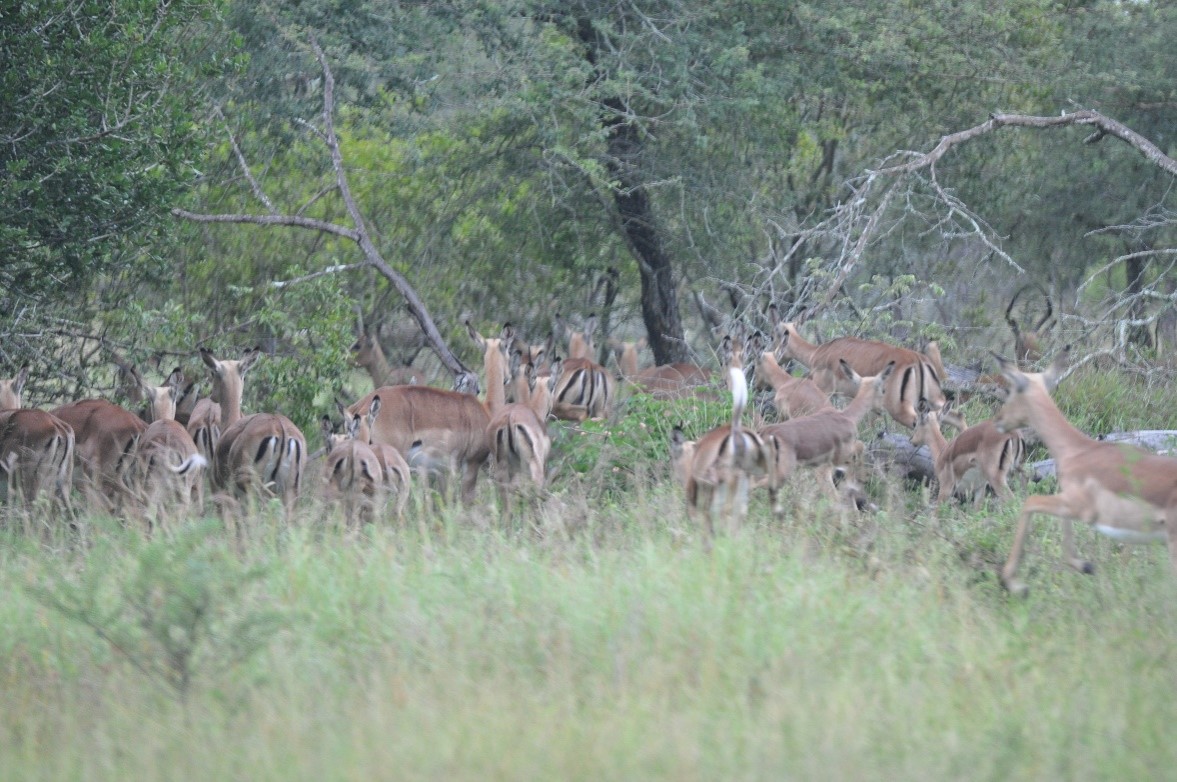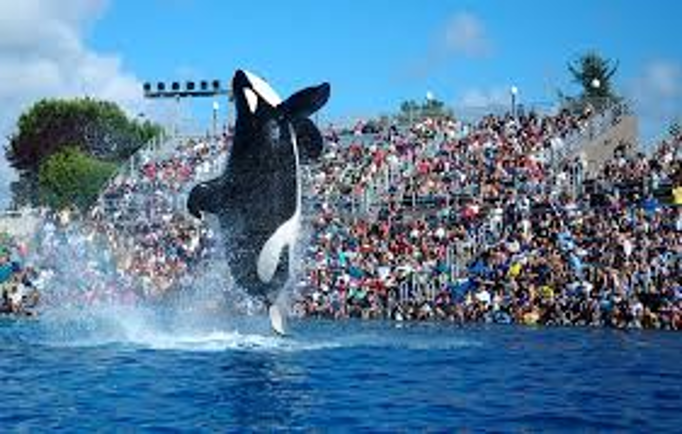27 Activity – Organizing Animals
In the previous chapter you learned that animals can be organized in both scientific and cultural categories. In this chapter you will build on that knowledge to analyze and compare several organizing systems for animals that differ in their scientific and cultural emphasis. You will see how different answers to the WHAT, WHY, and HOW questions can make big changes to the organizing systems.
You can apply this kind of analysis whenever you organize a collection of any type of resources. It will help you make better organizing decisions and you will better understand those decisions.




ANSWERS
- Natural history museums are organized a lot like zoos, with animals typically arranged by species or habitat. But there’s one big difference … the animals are all dead, and some of them might be extinct species. If you change the WHAT answer from “animals” to “people” you are designing a cemetery, where people are arranged by family, religion, year of death, cause of death (in military cemeteries), and sometimes by wealth (rich people have big monuments).
- In wild animal parks the animals are allowed to organize themselves to a great extent, which enables them to behave naturally. This means that there might be some bad interactions between animals, with predator animals like lions hunting and eating prey animals like antelopes.
- In animal theme parks the animals are selected and trained so they can entertain people,which means that they are NOT acting naturally like they do in wild animal parks. Over time some of the animals become celebrities with “stage” names, webcams, and stuffed toys that you can buy in the gift shop (the orca in the picture is called “Shamu”). Compared with zoos, museums, and animal parks there is much less of an educational purpose in the organizing system.

